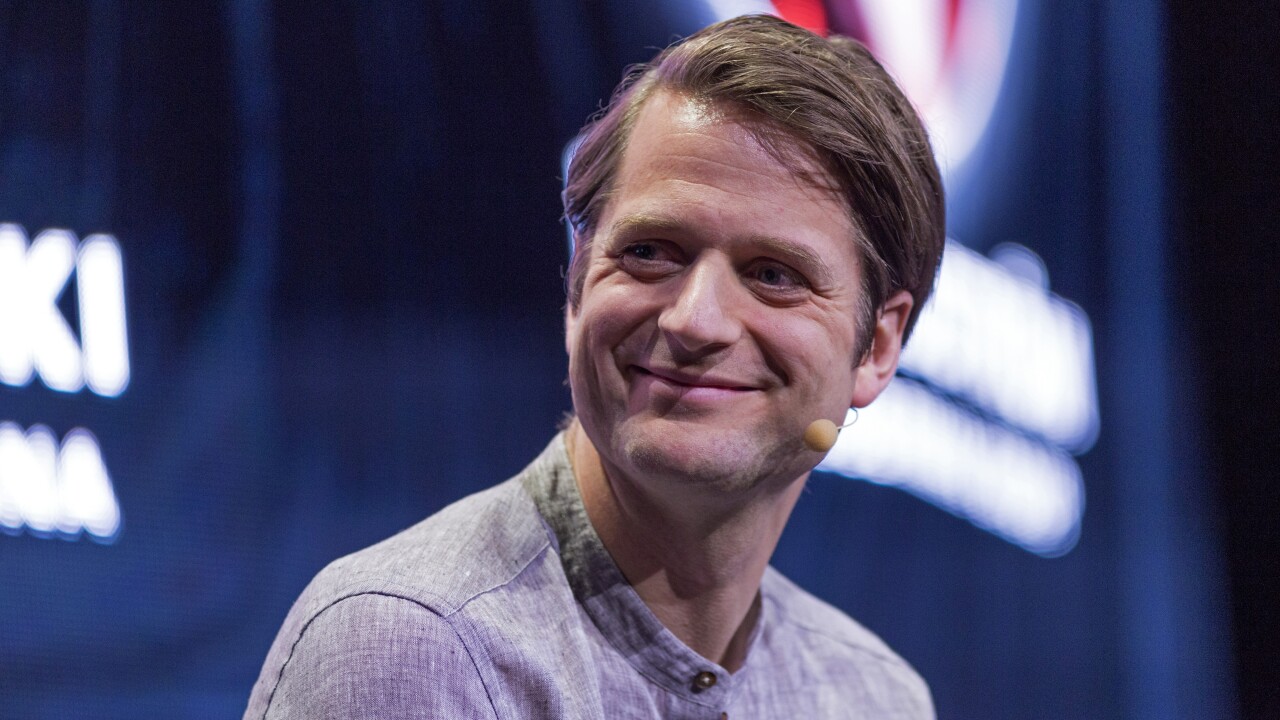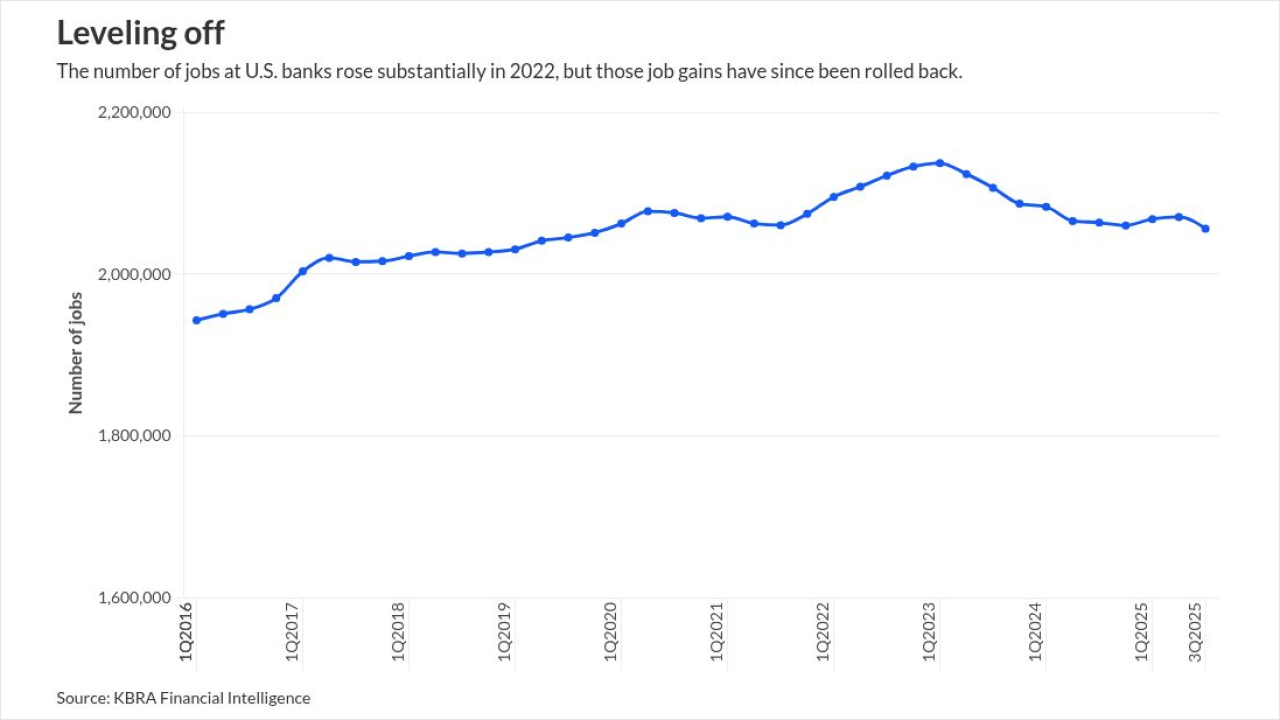Heeding requests from member banks to expand marketing of its top-tier credit card, Visa has launched the first mass media campaign for its Signature card. The initiative draws a parallel among icons like Marilyn Monroe, Frank Sinatra, the classic Ford Thunderbird, and Visa's Signature.
Although the card launched in 1997, this is the first time Visa is broadly promoting it. Neither Nancy Friedman, Visa's vp of advertising, nor CEO Carl Pascarella could articulate why the company has kept this card under the radar until now. Volume has been strong since inception, Friedman says, and Signature now accounts for $80 billion in sales annually-more than American Express Gold and Platinum cards combined.
But rising clamor from card issuers, likely prompted by growing wealth among upper-middle class households and saturation in other market segments, led Visa to tap BBDO for a national marketing blitz, the cost of which it would not disclose. "I've read about 10 articles lately about luxury marketing and the affluent," Friedman says. "I think it's a group that many marketers are realizing is waking up after 9/11."
Al Diamant of Auriemma Consulting says the campaign is an attempt to stave off competition as American Express and other competitors continually encroach on its space. "It's something that they're dusting off and trying to reinvigorate," Diamant says, of the Signature product and its campaign. "It's a more aggressive defensive posture to ensure those folks who today are doing six figures on a Visa card don't get interested in looking at American Express."
The Signature card makes an emotional appeal typical of offerings in the luxury market. "While, of course, you use your Visa to buy a washing machine, what people remember about Visa is when they took the trip or bought the gift," Friedman says. It's bringing out an element of aspiration in a brand that has always positioned itself as highly relevant to consumers.
The creative approach compares Monroe, "the signature blonde," Sinatra, "the signature voice," and the classic Ford Thunderbird, "the signature sports car," to Visa's Signature card. Playing off the company's established brand positioning, the tagline declares, "It's not just everywhere you want to be, it's everything you've ever wanted." The goal of these analogies is to convince consumers that Visa Signature is the quintessential card, a ticket to the high life. Other icons include the "Mona Lisa"-signature smile-and Claude Monet's "Water Lilies"-signature masterpiece.
Visa and BBDO chose icons that would appeal to a broad spectrum of consumers. "My 15-year-old knows who Marilyn Monroe is, everybody knows who she is," Friedman says. The television spots open with Sinatra singing "I've Got the World on a String." A voiceover then mentions the benefits of the card while scenes from a swanky restaurant or resort flash on screen.
Visa is pursuing the "new affluent" with this card: professionals ages 35 to 54 with household income of $125,000 and up. It's a relatively small group (seven percent of U.S. households) with sizeable spending power (15 percent of total U.S. spending). This segment accounts for more than $3 trillion of U.S. annual household income and more than $6 trillion in net worth, according to U.S. Census Bureau and Federal Reserve data.
These self-made thousandaires with middle-class roots spend 2.5 times more each month on their credit cards than average cardholders. And like the "balance seekers" Citigroup targets, the "new affluent" care less about appearances than maximizing their wealth to enjoy life.
Visa's approachable brand is a good fit for this unpretentious segment. "Just like our acceptance is broader than anyone else's from a merchant location point of view, so our acceptance is broader from a philosophical point of view," Friedman says. "So it isn't like, 'Come into my exclusive yuppy club.'"
That's not to say this is a populist card. Having no spending limits, Signature is reserved for consumers with impeccable credit, and as the ads imply: It's all about serving up the good life-getting members a table at the most chi chi restaurants or upgrading an already plush hotel room. American Express was the first to hone this lap-of-luxury appeal in the late '80s and early '90s, Diamant says.
The look and layout of the TV and print ads are clean and sophisticated, dominated by a stark black background. Magazine ads are arresting with images of the chosen icons floating on an empty black page. Though the feel is appropriately high end, Diamant wonders whether consumers will get the connection between this product and the rest of Visa's marketing efforts, all of which seem disparate, rather than cohesive, he says. The campaign launched this summer and continues into 2005.





